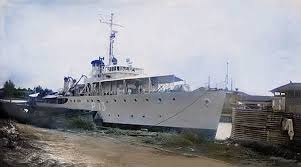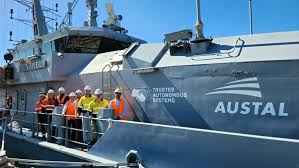Dirk Hartog (1580–1621) was a Dutch sea captain and explorer whose 1616 voyage marked the first recorded European landing on Australia’s western coast. His journey left an enduring legacy in maritime history and Australian heritage.
Early life and maritime career
Born in Amsterdam and baptised on 30 October 1580, Dirk Hartog came from a seafaring background. He began his maritime career trading in the Baltic and Mediterranean seas before joining the Dutch East India Company (VOC) as a steersman. In 1615, he was appointed master of the VOC ship Eendracht.
The 1616 voyage and Australian landfall
On 23 January 1616, Hartog set sail from Texel, Netherlands, commanding the Eendracht on a voyage to Bantam, the East Indies. Making use of the strong westerly winds known as the “Roaring Forties,” his ship veered further east than expected. On 25 October 1616, Hartog and his crew sighted land — an island off the western coast of Australia, now known as Dirk Hartog Island in Shark Bay.
The crew explored the island for three days. Finding it uninhabited and unsuitable for settlement, they left a record of their landing before departing on 27 October. That record took the form of a flattened pewter plate, nailed to a wooden post at what is now Cape Inscription.
The Hartog plate: the oldest European artifact on Australian soil
The plate is significant as the earliest known European artifact left on the Australian continent. It was inscribed in Dutch with details of Hartog’s landing:

Original Dutch inscription (1616):
DEN 25 OCTOBER IS HIER AEN GECOMEN HET SCHIP DEENDRAGHT VAN AMSTERDAM
DE OPPERKOPMAN GILLIS MIBAIS VAN LVIK
SCHIPPER DIRCK HATICHS VAN AMSTERDAM
DEN 27 DITO TE SEIL GEGHM NA BANTVM
DE ONDERKOPMAN JAN STINS
DE OPPERSTVIERMAN PIETER DOOKES VAN BIL
ANNO 1616
English translation:
On 25 October, the ship Eendracht of Amsterdam arrived here.
Upper merchant Gillis Miebais of Liège;
Skipper Dirck Hatichs of Amsterdam.
On the 27th, we set sail for Bantam.
Under merchant Jan Stins;
Upper steersman Pieter Doores of Brielle.
In the year 1616.
The plate remained untouched for over 80 years. In 1697, Dutch captain Willem de Vlamingh discovered it and replaced it with a new pewter plate replicating the original inscription and adding his own. De Vlamingh then returned the original Hartog plate to Amsterdam, where it is now preserved in the Rijksmuseum.
Legacy and commemoration
Hartog’s unexpected landfall led to more detailed mapping of Australia’s western coastline, which he named “Eendrachtsland” after his ship. That name would appear on Dutch maps until later replaced by “New Holland.”
In 2016, the 400th anniversary of his landing was commemorated with events and exhibitions in both Australia and the Netherlands, highlighting his role in early European exploration of the southern continent.
Dirk Hartog’s brief visit to the western shore of Australia stands as a pivotal moment in European exploration. Though he left no settlement behind, the simple pewter plate he nailed to a post has become a symbol of Dutch maritime heritage and the long historical links between the Netherlands and Australia.
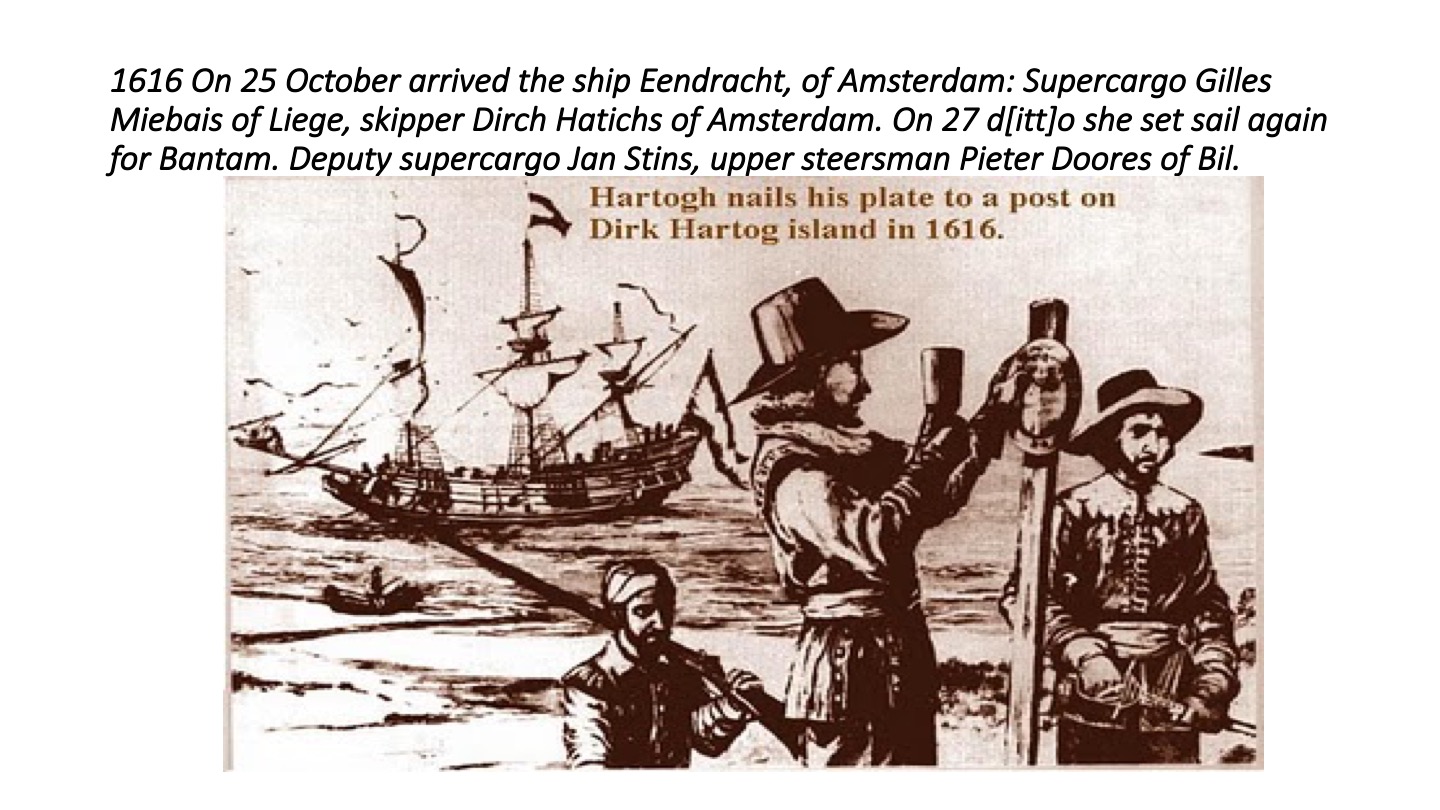
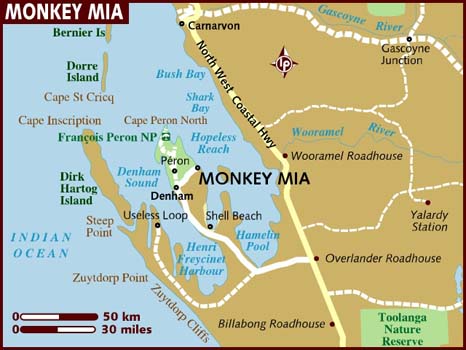
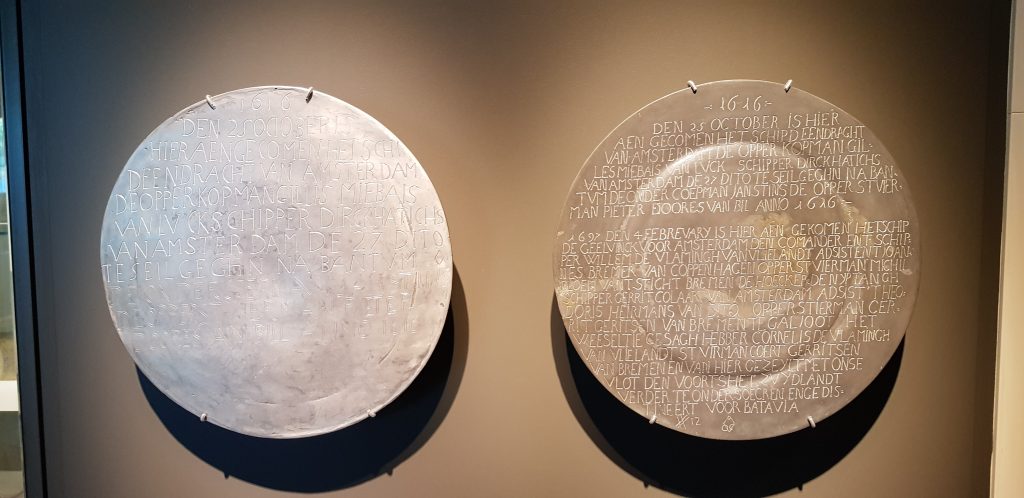
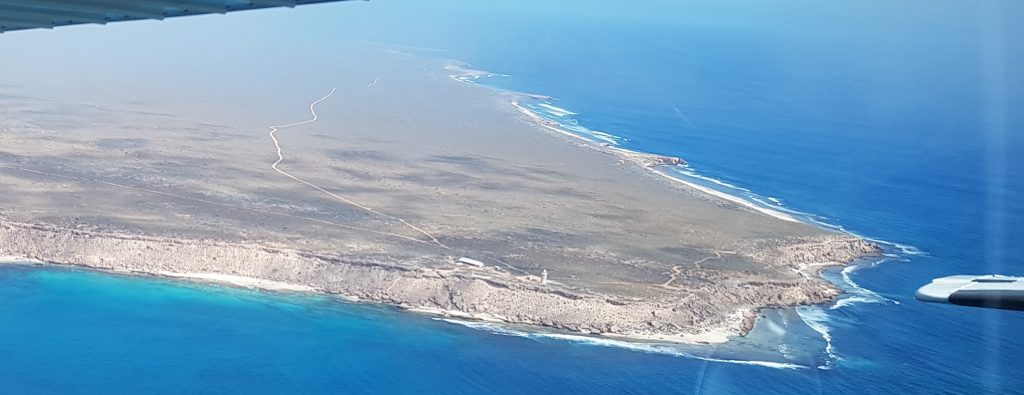
SBS Video – Dirk Hartog lecture at Maritime museum 21-10-2016
A perfect evening for a “Dirk Hartog” lecture at the Maritime Museum in Sydney with Prof. Wendy van Duivenvoorde, Dutch C-G Willem Cosijn and a rooftop projection for all of Sydney to see.
This is a YouTube video. After playing the video, press the return button to go back to the DACC Hub.
SBS Video – First contact memorial the Duyfken – 30-5-2013
The “First Contact Memorial” was unveiled in Mapoon (QLD) on 27 May 2013 by Australian and Dutch officials. It was the first point of contact for Europeans and Aboriginal people in 1606 which ended badly. In three years time (2016) we will be remembering the voyage of Dirk Hartog to WA. It was high time to repair and remember that first contact with the original inhabitants.( Ambassador Annemiek Ruigrok and Mr Fred de Graaf from the Dutch senate).
This is a YouTube video. After playing the video, press the return button to go back to the DACC Hub.
SBS Video – Dutch folkdance teacher Andre van de Plas in Canberra 25-7-2016
Dutch folkdancing teacher Andre van de Plas travels once a year to Australia to teach in all the major cities. In Canberra the class was named in honour of 400 years Dirk Hartog.
This is a YouTube video. After playing the video, press the return button to go back to the DACC Hub.
See also: WA Maritime Museum From galley to gallery: The Hartog Plate tells its remarkable story
